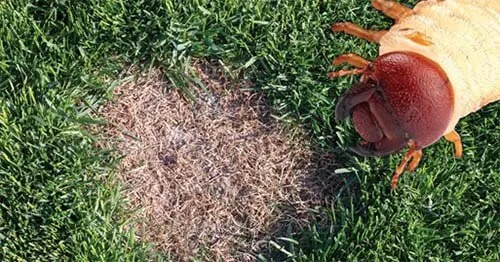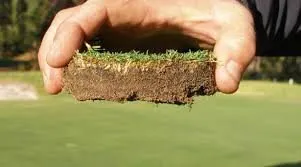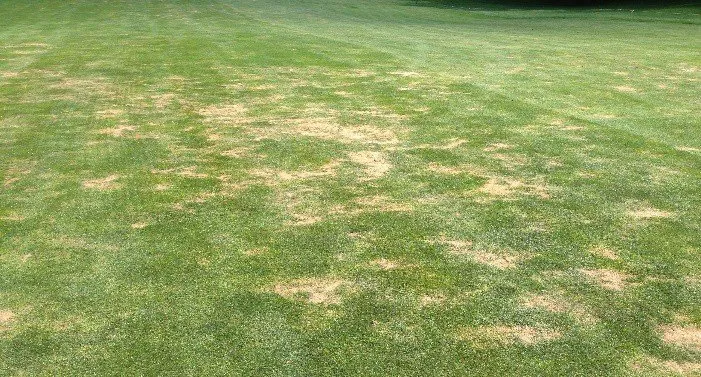
In recent years, many growers around the world have recognized an increase in the incidence of turfgrass damage caused by nematodes attacks. The nematode is one of the most plentiful and oldest animals on earth. Although most nematodes are feed on microorganisms or organisms, and many are plant or animal parasites. Plant parasitic nematodes are 0.4 to 3.0 mm long and 0.1 mm in diameter, and they can be parasitic on all parts of the plant. Most of them live dependant on parasites such as turf.
Many types of plant parasitic nematodes can threaten turf quality by feeding on plant roots. Nematodes may severely inhibit the growth of turf.Aboveground symptoms of a severe nematode infestation include
1.Canopy change thin , leaves become yellow and grow slow.

2.Roots of turfgrasses exhibit brown-black lesions of various sizes and shapes.

3.Patches of nematode-damaged turf are randomly scattered and vary greatly in number, size and shape.

4.Turf lacks nutrient deficiency, low tolerance to warm, dry conditions.
Plant parasitic nematodes can be grouped by their mode of feeding.The most common and damaging plant parasitic nematodes are ecto- and endo- parasites of the plant root system.Ectoparasitic nematodes remain in the rootzone, never moving inside the plant roots, and feeding on root tissue by piercing the root surface with its specialised mouthpart.High numbers of endoparasitic nematodes can have devastating effects on a plant root system.They use stylet secretions to tunnel through the roots where they feed and lay eggs.
Nematicides for turf use can be divided in two main categories: Chemical Nematicides and Natural Nematicides. Due to the growing dissatisfaction with hazards of chemical nematicides, interest in microbial control is increasing. Conventional chemical nematode control such as Aldicarb are no longer popular.
Meanwhile Rapid progress has been made during the past one decades in different aspects of bio nematicides production and use. Bio nematicides are becomming an important component of environmentally friendly management systems.The biggest advantages of bio nematicides is environmentally friendly.
Such as nematophagous fungi (paecilomyces lilacinus). Most kinds of these products can stimute roots development while controlling nematodes.
If you have interest for the bio nematicide, please check here to read more.